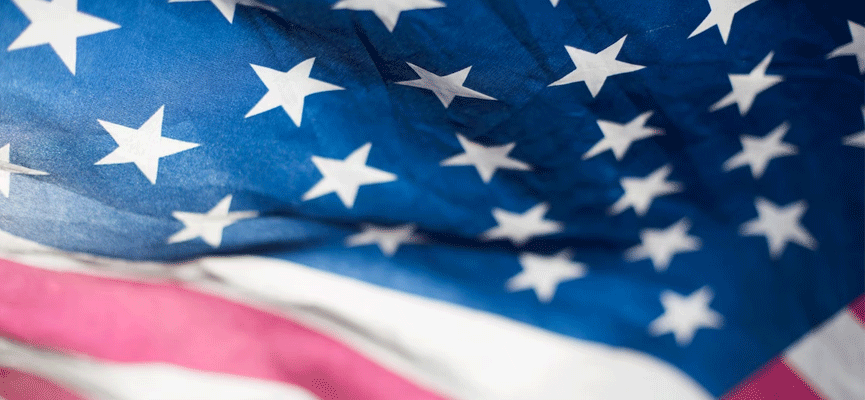Flag Day, which falls on June 14 every year, is a holiday that often goes unnoticed by many. Unlike most other holidays, Flag Day is not recognized as a federal holiday, so there is no day off from work. However, it holds significance in American history as it commemorates the creation of the national flag by Betsy Ross.
The American flag has evolved over time, with 27 different designs representing the growth of the country and its 50 states. According to the National Flag Foundation, the flag’s symbols hold specific meanings. The stars on the blue background represent justice, perseverance, and vigilance, while the red and white stripes symbolize valor and purity and innocence, respectively.
On Flag Day, mail delivery operates as usual, and banks remain open. Schools that are still in session also conduct classes. It’s essential to follow proper flag etiquette when displaying the American flag. According to the U.S. Code, the flag should never be flown with the union down, should not touch the ground or any objects below it, and should always be flown freely and aloft.
Furthermore, the flag should not be used as apparel, bedding, or drapery, and should never be used in a way that might damage or soil it. It should not be used for advertising purposes or have any designs or words placed on it. When the flag becomes unfit for display, it should be disposed of with dignity, preferably through burning.
For more detailed guidelines on flag display, care, and disposal, the National Flag Foundation website provides comprehensive information.
In summary, Flag Day holds historical significance in the creation of the American flag, but it is not recognized as a federal holiday. It is important to adhere to proper flag etiquette when displaying and handling the flag.

